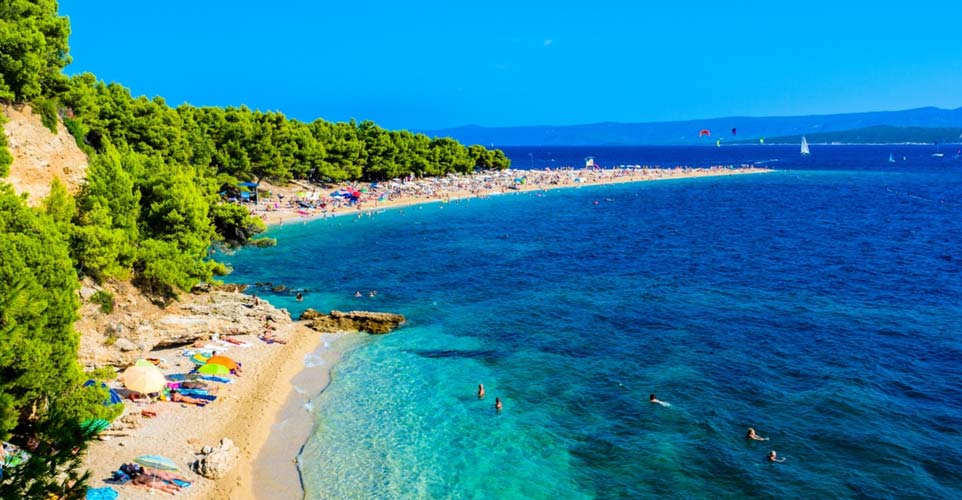As the saying goes, there is nothing more significant than getting away from it all… Plan a trip to visit some of the most exotic islands in the world to enjoy that feeling of the perfect getaway…
The very act of separating yourself from the mainland and to explore an island is nothing but sheer pleasure and delight…The island getaways offers everything from natural beauty, alluring beaches, historic charm, and above all, the chance to recharge. So, let us take you on an exotic trip across the seven seas to explore some of the best untouched swaths of wilderness, blue waters and where being in direct communion with the landscape is as simple as walking out the door…
Vancouver Island, British Columbia
The 12,400 square miles of wilderness here offer plenty of places to get lost among the thick groves of Sitka spruce and Douglas fir. The village of Tofino, on the island’s western coast, is the perfect base for exploring the Pacific Rim National Park Reserve, a gathering ground for bald eagles, black bears, and whales.
Getting There: Take a ferry from Vancouver or Powell River, British Columbia; Seattle, Bellingham, Port Angeles, or Anacortes, Wash.; or fly to Victoria International Airport from major U.S. cities.

Magdalen Islands, Quebec
The Magdalens — in the middle of the Gulf of St. Lawrence — is a small town, with rolling hills speckled with wild-flowers and country lanes. The main entry point is the ferry port on Cap-aux-Meules, from which the 50-mile Route 199 branches out to the tips of the archipelago. The 1,700-acre East Point National Wildlife Reserve provides a sanctuary for egrets and kingfishers, while red sandstone makes for spectacular cliffs best viewed via sea kayak.
Getting There: Take the ferry from Prince Edward Island or fly from Montreal to the Magdalen island of Havre aux Maisons.
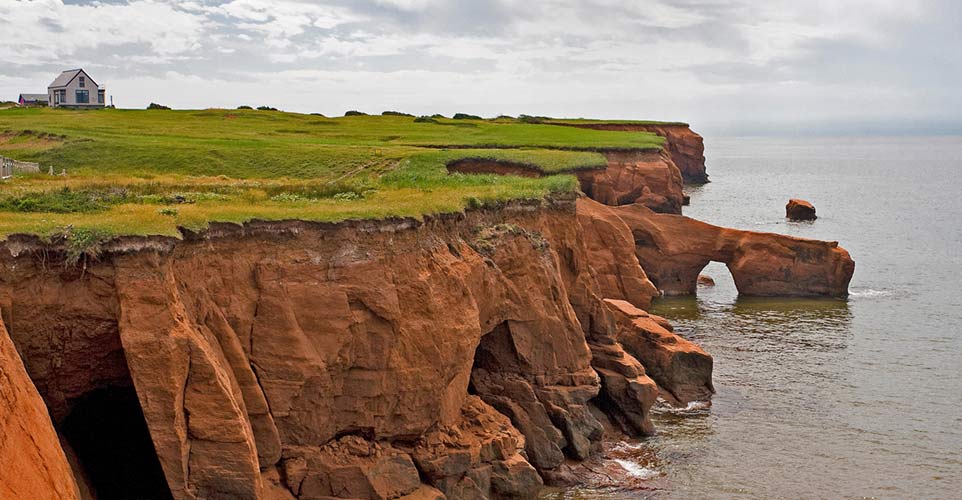
Channel Islands, California
Just 45 minutes from Santa Barbara, these islands are often considered the Galápagos of North America, thanks to the abundance of native species like the island fox and the island night lizard. Wildflower-filled canyons, secluded beaches, and remnants of a 13,000-year-old native culture are just some of the highlights. Every effort is made to conserve the islands’ pristine conditions, so visitors must bring in everything they need, even drinking water.
Getting There: Take a ferry from Ventura or Santa Barbara, or fly from Camarillo to Santa Rosa Island, Calif.
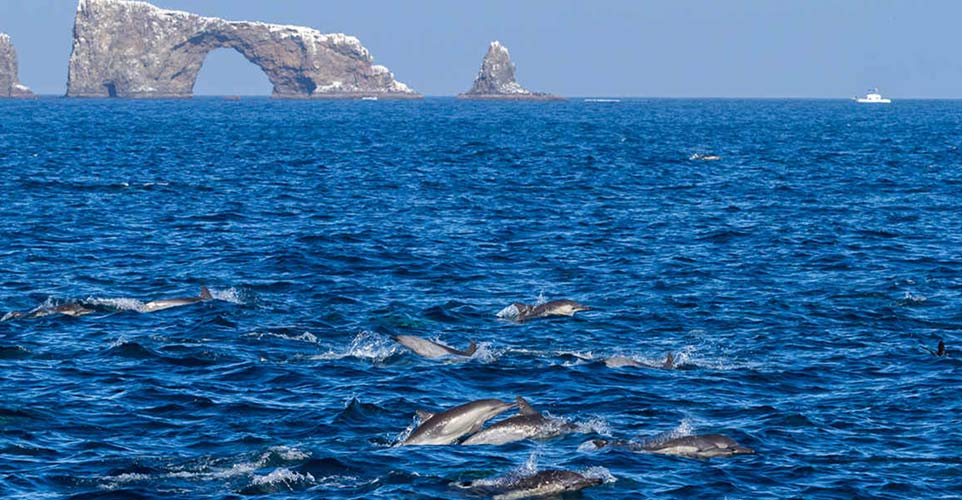
Orcas, San Juan Islands, Washington
The best place to view Orcas’s fjordlike central harbor is from the 2,400-foot summit of Mount Constitution (the highest point in the San Juans). Hike past waterfalls and lakes to Douglas fir–lined ridges, and, with luck and binoculars, spot a passing pod of the island’s namesake mammal. The rugged shoreline, with countless inlets and pebbly beaches, is enticing for kayakers and hikers alike. Getting There: Take the popular Washington State ferry from Anacortes (1.5 hours north of Seattle), or fly from Seattle via floatplane or airplane.
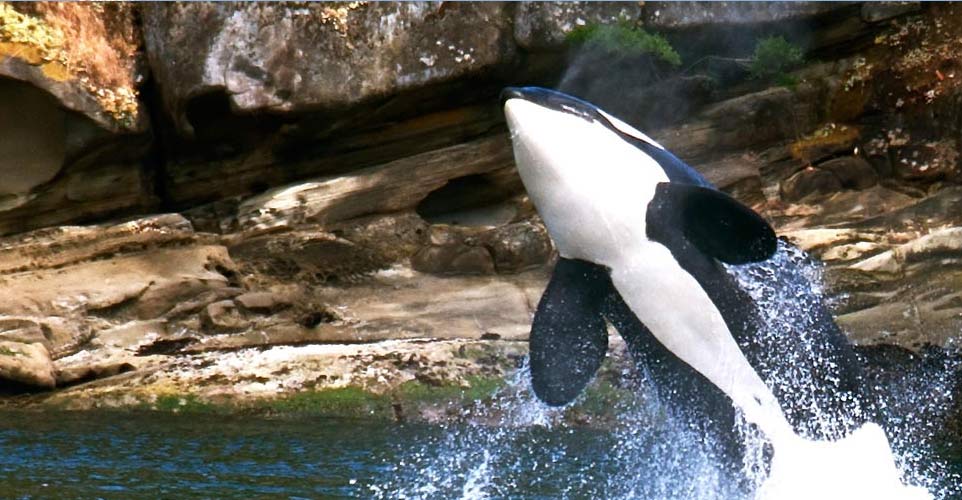
Amelia Island, Florida
Eight national flags have flown over Amelia Island since the 16th century, but the prize has always been the same: immaculate beaches spotted with starfish, nesting turtles, and migrating birds. The soft, white sand that covers its 13 miles of shoreline is separated from the main village of Fernandina Beach by 40-foot sand dunes. For the full flavor of the pristine landscape, stay at the Amelia Island Plantation (from $179/night; aipfl.com), a 1,350-acre resort eco-sensitively built around the island’s signature live oak groves, tidal marshes, and sand dunes.
Getting There: Drive 30 miles north of Jacksonville, Fla., and cross a short bridge onto the island.
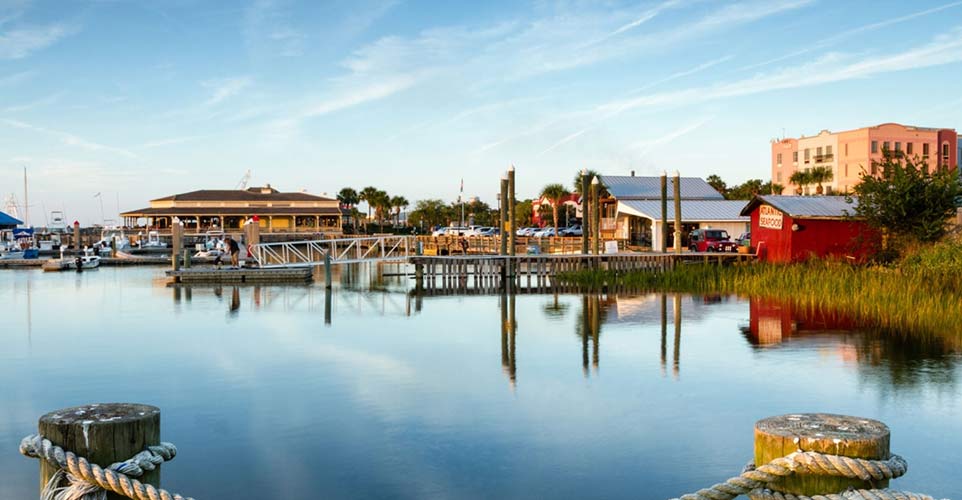
Corsica, French Riviera
Corsica is in the Tyrrhenian Sea in the western Mediterranean, 160 kms south-west of the French Riviera and 82 kms west of the coast of Tuscany, on the same latitude as Rome.
The island's pleasant climate, beautiful mountains and breathtaking coastlines make it a popular destination among the French and other Western Europeans.
With its conservation areas and nature reserves which have been given national recognition, its International marine reserve, and its Regional Nature Reserve which stretches from one side to the other of its mountain range, from Calvi to Porto-Vecchio, Corsica is undoubtedly rich in flora. With more than 2000 plant species, Corsica will dazzle you with colour. Corsica is also the birthplace of Napoléon Bonaparte. His ancestral home, Casa Buonaparte, is located there still. Thus, to sum up Corsica is rich not only its nature but also in its history and culture…
Getting There: Fly to the capital of Ajaccio from most major European cities.
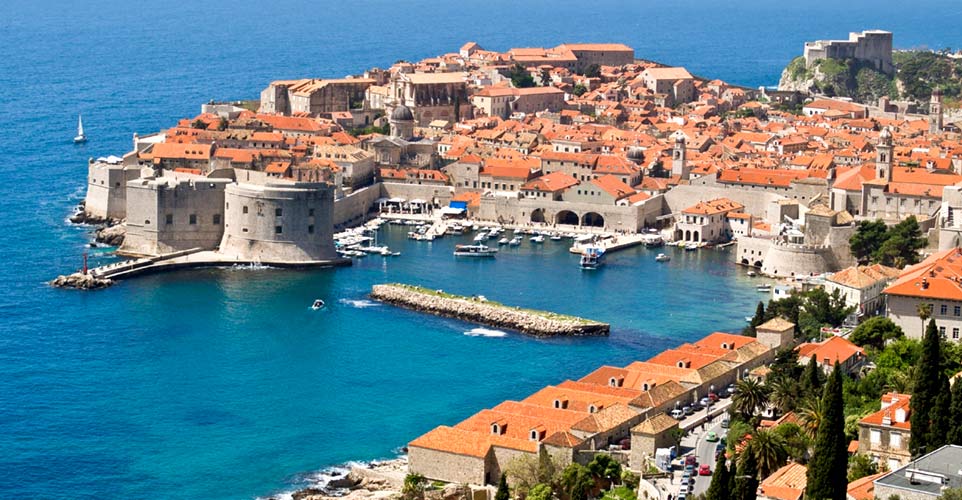
Crete, Greece
Crete is an island with an exquisite 1,000 kilometer-long coastline dotted with numerous coves, bays and peninsulas, which afford a multitude of soft, sandy beaches along the beautifully blue Mediterranean Sea. It is a great place to visit. Come and explore the deep ravines of the Samaria Gorge, or climb past Minoan ruins at Knossos to the summit of Zeus’ Mount Ida, or just explore one of the spiraling cave systems that burrow into the mountains, Crete has it all and is indeed a place to be known for its diverse landscape.
Getting There: Direct flights from major European cities, or take an overnight ferry from Piraeus, the port of Athens.
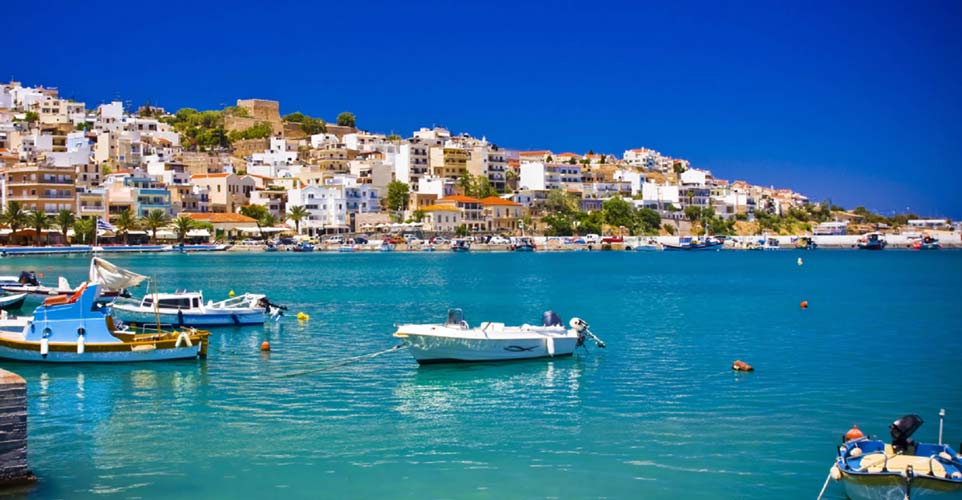
Brac, Croatia
Island Brac, the largest island of the central Dalmatian group of islands, the third largest among the Adriatic islands within Croatia. The highest peak of the island, Vidova Gora (Vitus' Mount) (778 m), is also the highest peak of all Croatian islands. The island landscape is dominated by a karst limestone relief, with numerous gullies, crevices, cavities, round valleys and coves. Milder forms of the relief, with brown Primorje soils (the most fertile on the island), are found mostly in the interior (especially between Lozisca and Nerezisca, as well as between Selca, Novo Selo and Sumartin). Composed primarily of limestone and dolomite, the quarries of the island of Brac have been a source of stone for building decorative stonework for centuries. The island is rich in its culture and historic heritage that dates back to pre-historic times. It is also known for its unique gastronomy, beautiful beaches and bays.
Getting There: Direct flights from major European cities
